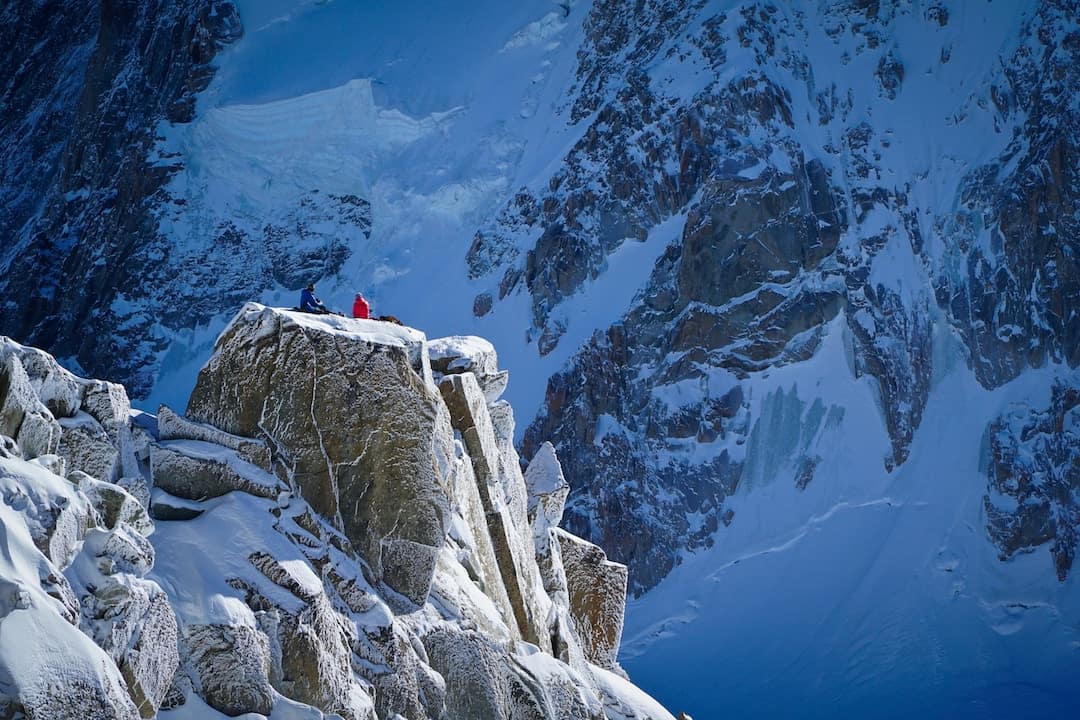With the wind in your hair and fresh air in your lungs, mountaineering and ice climbing are of the most exhilarating sports in the world.
To some, preparing for the worst-case scenario may seem pessimistic, but it is just common sense, and when it comes to health and safety taking out the right insurance for extreme sports is a definite must. With so many options for insurance nowadays, it is difficult to weed out those with very little cover, from those that offer support to all your mountain-related emergencies. Although it’s hard, it is something that has to be done and the more research you do, the better the chance that you’ll find the perfect insurance option specific to you!
In addition to your insurance covering things like the cancellation of flights or accommodation, or the loss or damage of your expensive mountaineering gear, the crucial things to cover involve your health and so here’s a few things to look out for when considering what mountaineering or ice climbing insurance you should opt for.
Things to know when taking out ice climbing insurance
Generic insurance doesn’t include ‘sports’
Your ‘everyday’ travel insurance doesn’t cover sports such as mountain climbing and hiking, so this is something you will need to search for or discuss with your insurance rep. Sports insurance can be up to three times the cost of generic travel insurance, but it is worth every penny. The reason it’s more expensive is there are more risks involved, and therefore more risk of you having to make a claim.
Ensure accidents are accounted for
Although accidents are a main feature on most insurance coverage conditions, it is extremely important to check if your insurance includes them. The term ‘accidents’ is the umbrella term for injuries, harm to health, and even death, and is a separate term to medical expenses; so make sure to look out for both.

State all countries you will be mountaineering in
The price of insurance changes depending on what countries you are visiting, usually due to the fluctuation of medical care prices between different countries, as well as general living conditions. Also, some insurance companies don’t operate in every country so it’s important to state all the countries that you plan to go mountaineering in to avoid any risk of not meeting the terms in your contract if something were to go wrong.
Although it may be more costly, some companies offer world-wide insurance, meeting the needs of backpackers who don’t know what their next destination may be.
Altitude sickness
Altitude sickness is unfortunately common when plummeting up magnificent mountainous heights, which inevitably makes many insurance companies avoid covering it when exceeding 3,000 metres (9,842 feet) above sea level. Any insurance covering 6,000 metres (19,685 feet) and above is hard to find, so make sure you plan your hikes according to what insurance you have found or vice versa.

Emergency transportation
Even the most experienced trekkers aren’t immune to accidents and may experience avalanches, thunderstorms, altitude sickness, and other emergencies. Benign health problems such as a sprain or a pulled muscle can result in an emergency situation high up in the mountains and trekking down with either of these may lead to fearful consequences.
Due to situations like this being both unforeseeable and common, it is extremely important to make sure your insurance covers accident transportation, so a small accident doesn’t turn into a disaster.
Although finding the correct insurance is extremely important, you should also try to do your best to reduce the risks of needing to claim. This involves heavy training to build up your physical ability before you leave for your trip. So, how should you train for a mountaineering or ice climbing expedition?

Even for the most fit people, successfully completing a lengthy trek with the weight of a heavy backpack on can be extremely strenuous, so leading up to a big expedition requires a substantial amount of physical preparation. Regularly partaking in running, cycling, and swimming is extremely beneficial to the cardiovascular system, while a gym’s stair climber machine is great for leg muscles, and weight training for backpack-lugging preparation.
That being said, the best practice for climbing with a backpack is to climb with a backpack. Try and head to nearby hikes where you can gain elevation with a substantial amount of weight on your shoulders. Not only will this increase your stamina for long approach, but it will do much more for your hiking-experience than running or weight-training will, in addition to significantly benefitting your confidence in the mountains.

Another way to feel prepared is to ensure you have the correct kit with you. Depending on what type of climb you are going to be doing, your choice of equipment will vary, however some must-have suggestions include:
- Mountaineering boots – stiffer and more supportive than general hiking boots
- Climbing harness – aim for a lightweight and comfortable one
- Climbing helmet – including clips for your head torch
- Crampons – to increase traction in the snow
- Ice axe – for ascending steep slopes
- Windproof and water-resistant clothing – to keep you warm and prepared for various weather conditions
So now that you’ve organised appropriate extreme-sport insurance, partaken in physical preparation, and packed all your mountaineering necessities, you’re all set for your trip! You can now experience a mountain-rush like no other, truly without a care in the world.


